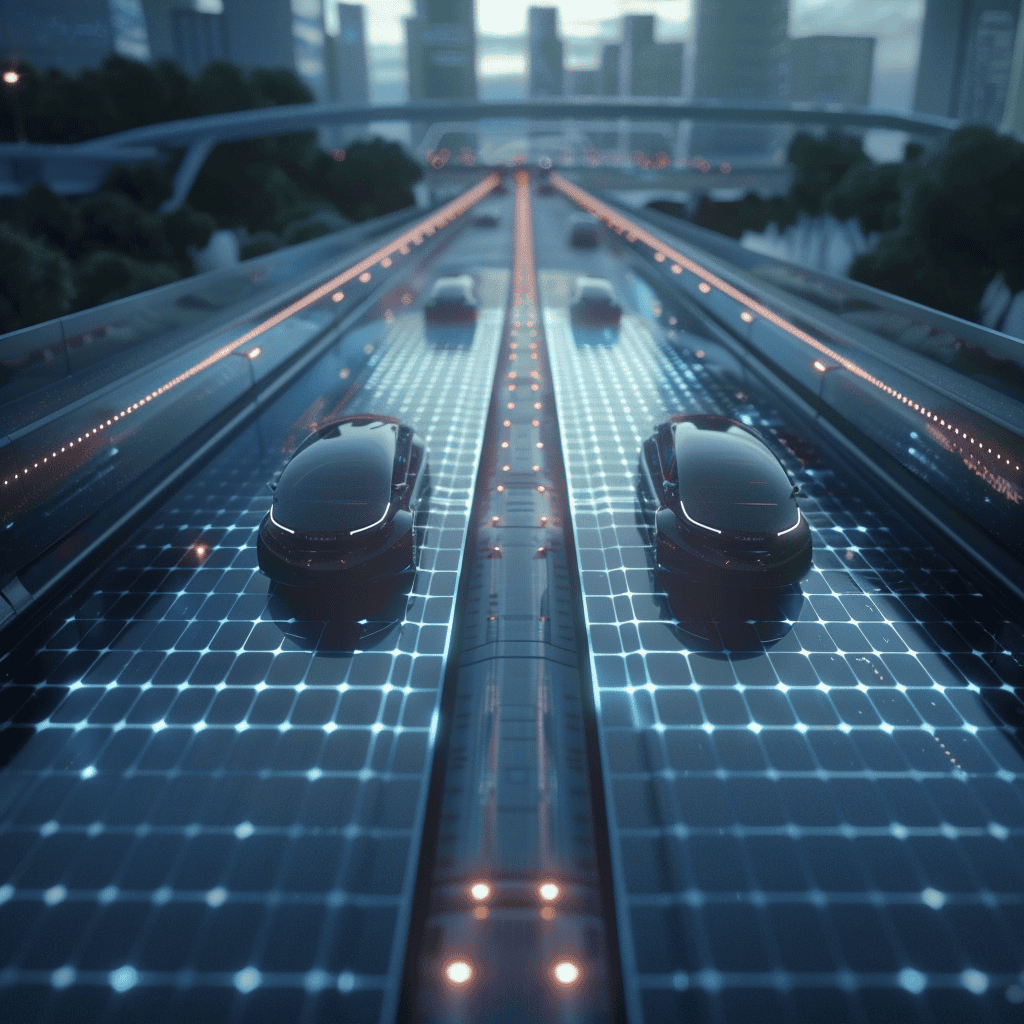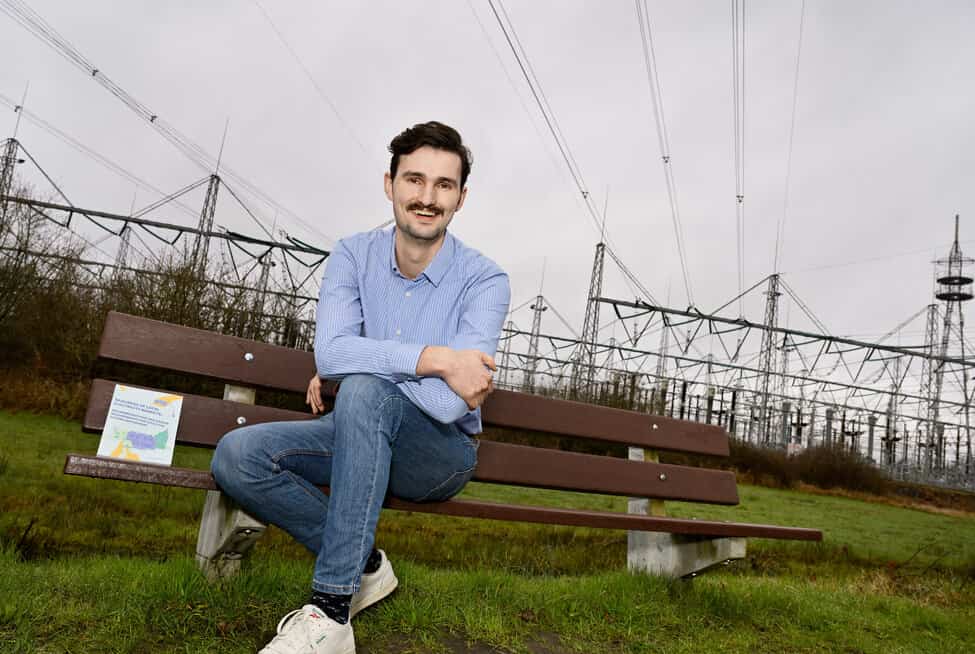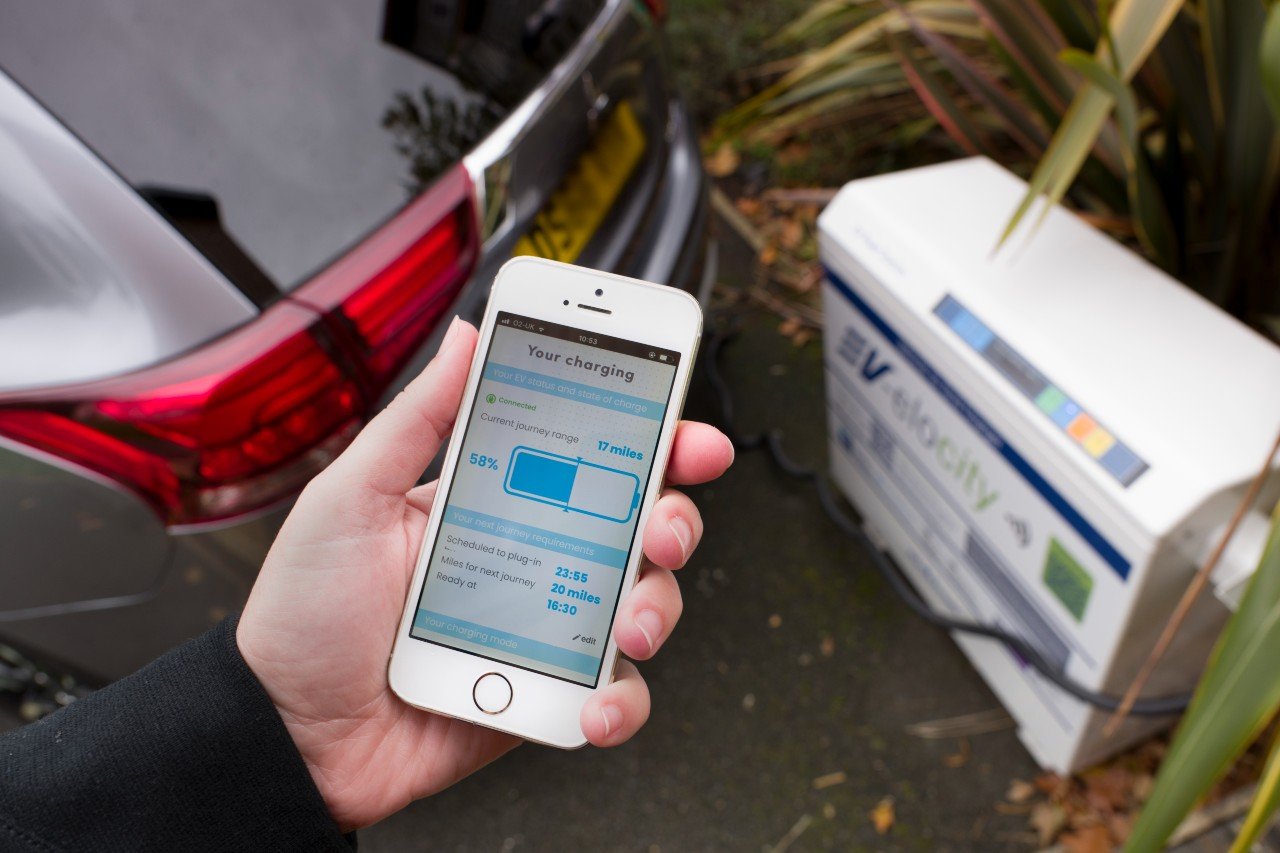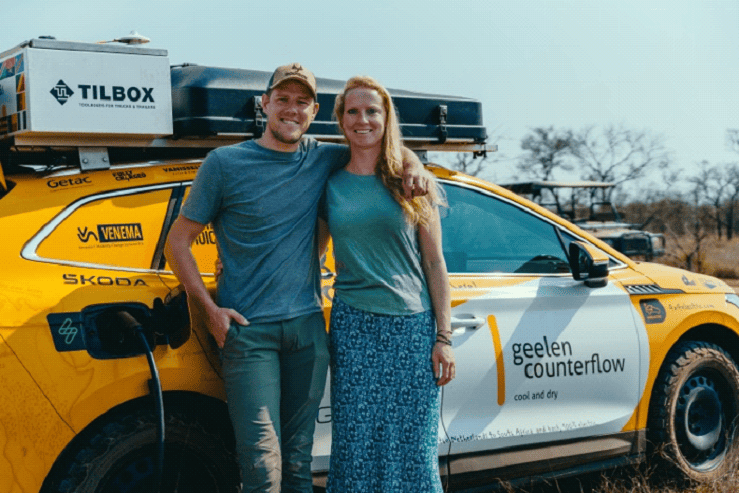
Maarten van Pel and Renske Cox, two adventurous Dutch travellers, successfully completed a sustainable expedition from the Netherlands to the southernmost point of Africa and back, and are now back in the Netherlands. They drove 38,000 kilometres through 38 countries in 13 months. The expedition, which highlighted opportunities to make lifestyles more sustainable, offered unique challenges and inspiring moments. Here is an overview of the their adventure.
- Renske Cox and Maarten van Pel completed their sustainable trip to South Africa.
- There were major challenges, such as a missing loading structure and language barriers. Nevertheless, the couple successfully completed the trip.
Driving on solar energy
From southern Morocco to the coast of Ghana, the duo drove in their Skoda Enyaq iV80 purely on self-generated solar energy. They generated this energy by laying out 60m2 of solar panels against a dune, on a football pitch or any other free spot in nature on rest days. During a charging day, they generated on average enough energy to drive another 200 to 250 kilometres.
The energy transition is not black and white
Because the couple does not believe in a perfect solution looking at the energy transition, their goal was never to generate 100% of the energy needed with their solar panels. Maarten van Pel: “It is precisely with combinations of new technologies that we can tackle challenges.”

Major challenges
Charging stations are available in some countries in Africa, such as Morocco, Namibia, South Africa and Kenya, which the couple was only too happy to try out. Moreover, the sun certainly does not shine every day in African countries. From Ghana to Angola, there was not a single day with clear blue skies. Despite the challenges, they managed to get 54% of their electricity from the sun, accounting for 2,056kWh of the 3,808kWh total required.
Renske Cox: “It was a challenge to find open spaces in the dense jungle to lay out our 60m2 solar panels without shade, but we always succeeded and in the end we generated more solar energy than expected.”
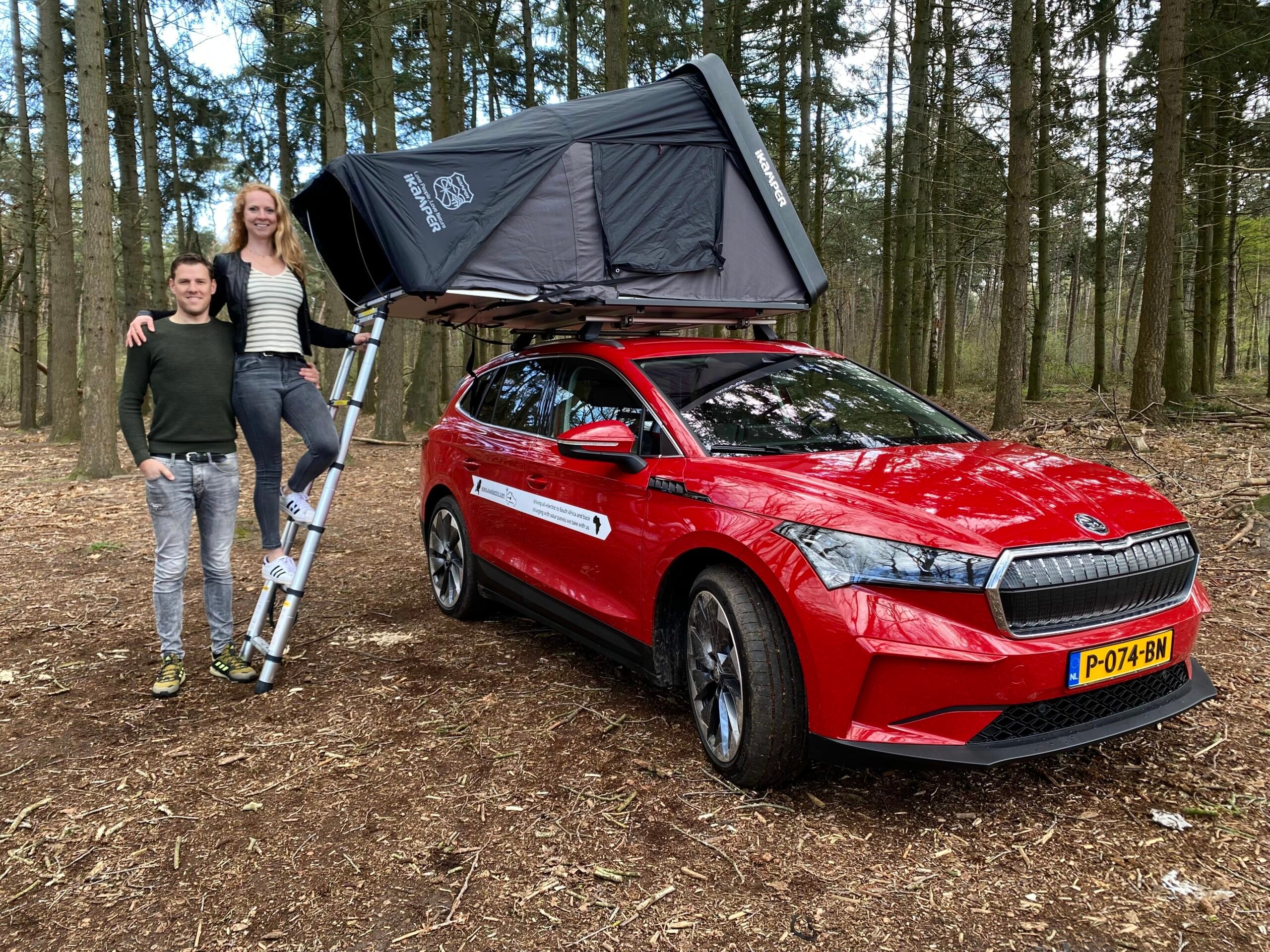
In South Africa, the couple enjoyed a fast charging network. From Cape Town to the Mozambique border, these facilities were perfect. However, they then saw no fast chargers on the way back via the east coast until Kenya.
Van Pel: “Charging via the grid also resulted in us having to explain more about what we were doing, as electricity is only available in public places. Many people had never seen an electric car before. We always paid for electricity, often even three times the local price, we did this to make sure locals had a positive first experience with electric cars.”
The future
During their trip, Maarten and Renske were confronted with different languages, with Wolof, Swahili and local dialects often causing communication challenges. Despite the language barriers, 99% of the time they were welcomed positively, with locals seeing their electric car as a glimpse into the future.
Cox: “It was almost like celebrating that this new form of mobility is coming, the solar car. People welcomed us warmly and were extremely curious about how everything works.”
Namibia and Sierra Leone
Namibia impressed the travelling duo most with its untouched and vast nature. Sierra Leone particularly touched the couple with the friendliness of its people. Other experiences also left their mark.
Cox: “In the Netherlands, we breed a lot of cattle, much of it for export. In Africa, they saw far fewer cattle farms. Cattle often run free in the wild, and in Namibia and South Africa in particular it is common to hunt game. It changes your view of our food supply. Not that we now hunt regularly, but it opens your eyes to a different approach. Meat as food is just one of the examples in that, we have seen so many cultures and customs up close where there is no right and wrong, it is just different.”
Sustainable travel possible
The fact that the couple completed the expedition in an electric car proves that sustainable travel is possible. Cox: “Electric driving is simply different from driving with internal combustion engines. As you can see, anything is possible. However, an electric car has advantages and disadvantages compared to a fuel car, making the most of the advantages makes it a perfect alternative.”
Advice for future explorers
Asked for advice for aspiring explorers, Van Pel and Cox offer the following:
Van Pel: “Don’t think too much and too long about your idea. It is good to have a goal and stick to it, but don’t try to plan and fix all the details. Chances are you will then only see bears on the road. Also, staying naive in some areas is not a bad thing. There will always be reasons why it is better not to do it, there will always be obstacles, but by being flexible and not losing sight of the end goal, a lot more is possible than you think!”
Cox: “If you have an idea yourself, share it with people around you. By doing so, other people can help the idea grow further into reality. I myself had doubts when we started if our idea was possible, after all, it had never been done before and with so many people on the globe, there had to be a reason for this. Now I know there isn’t and the feeling of trying something new feels so incredibly magical.”
To share their extensive story, 4x4electric is organising an exclusive event on 3 February 2024, at 13:30 at Innovam in Nieuwegein.




